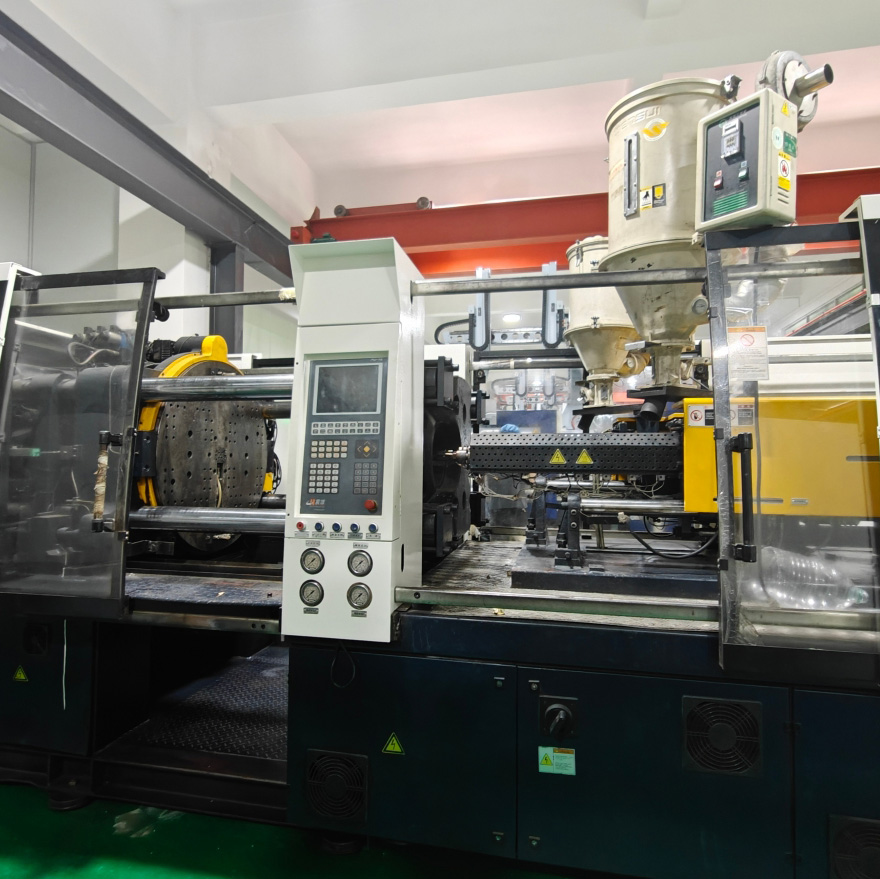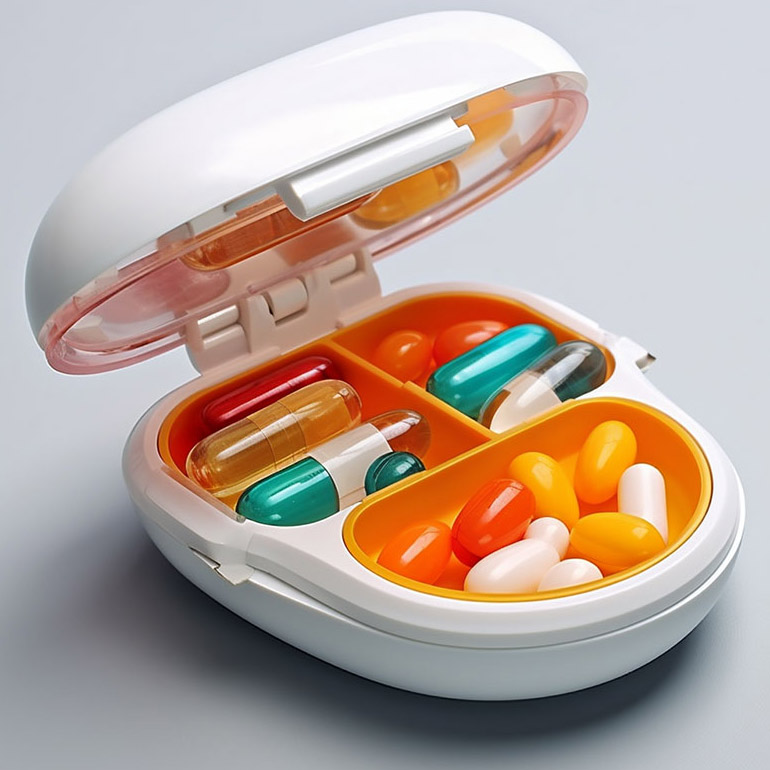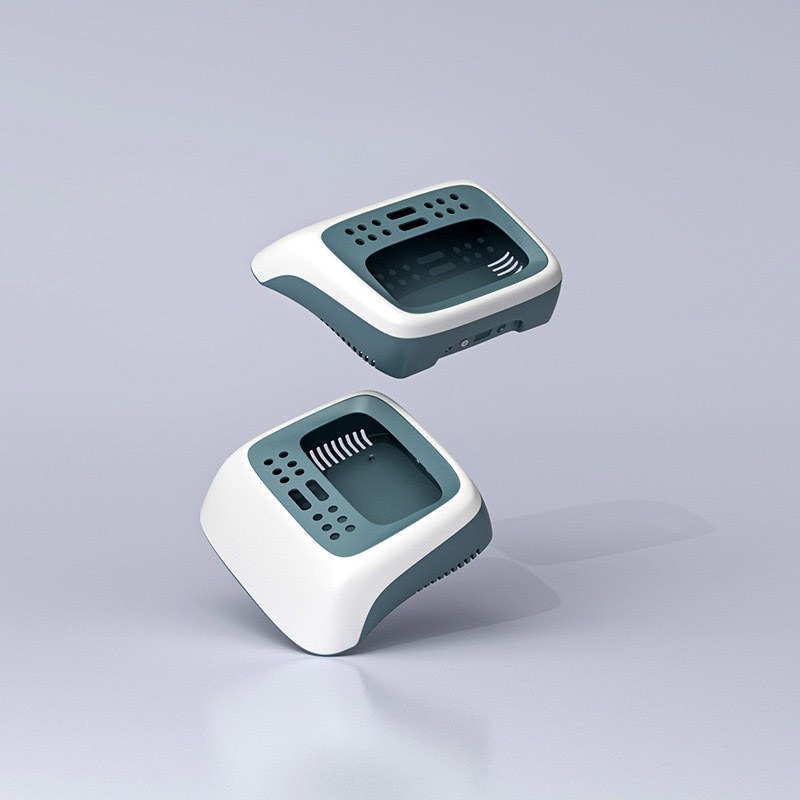I. Introduction
According to data from the Institute of Chemical Purchasing, from January to September 2024, China’s exports to the United States totaled 2.71 trillion yuan, approximately $ 381.1 billion, with plastics and rubber products accounting for 5.16%. In the face of tariff increase risks, such as the United States imposing tariffs on Chinese imported plastic injection molding machines and other medical products, Trump’s threat to raise tariffs further significantly, and the EU’s intention to impose tariffs on Chinese new energy vehicles, Worldbound Plastics has effectively avoided tariff increase risks by establishing a branch factory in Vietnam. In related
plastic injection molding
programs, this layout supports global supply continuity.
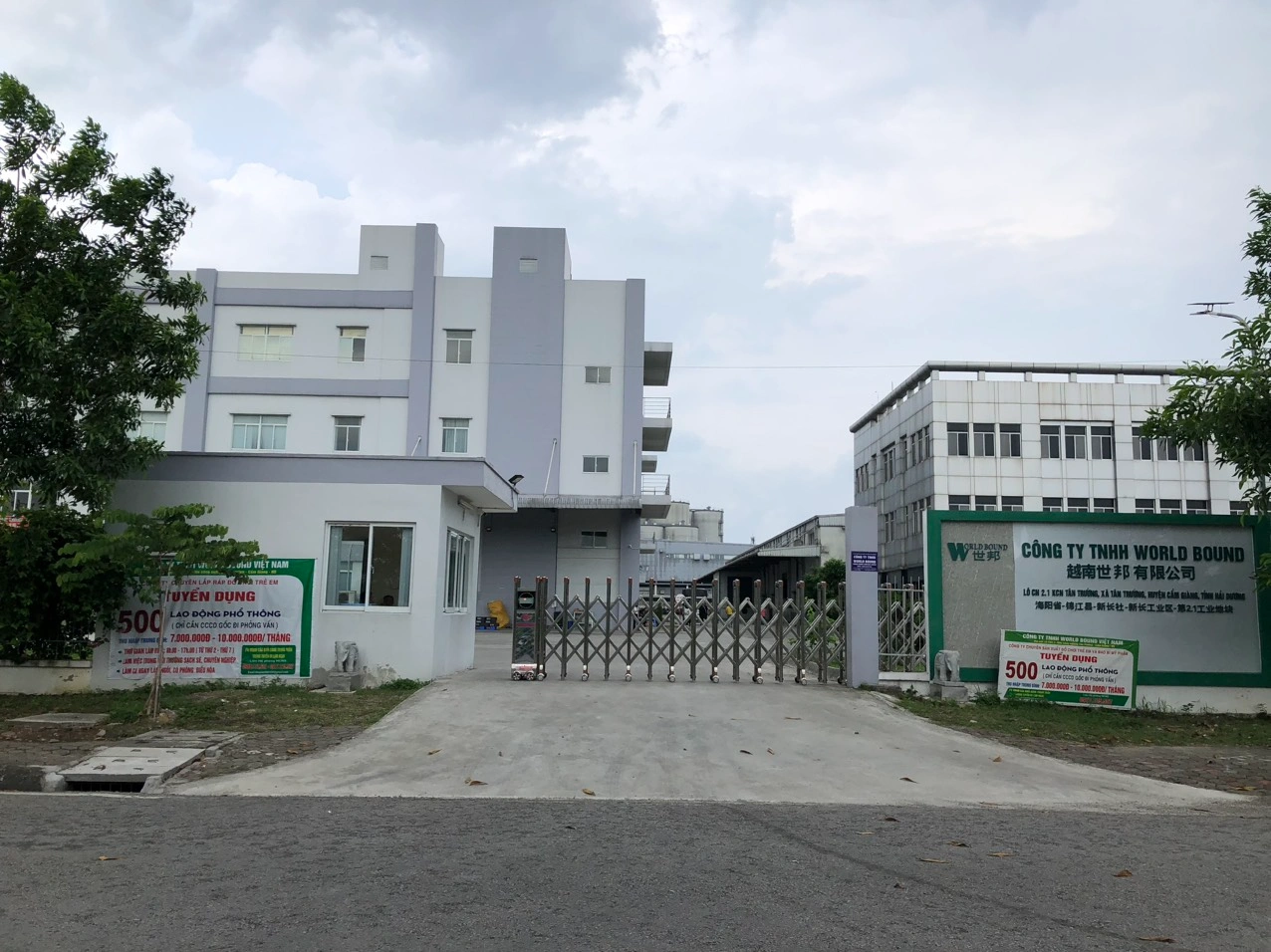
II. Worldbound Plastics’ Forward-looking Layout
The founder of Worldbound Plastics has forward-looking thinking and established the Vietnam Sambound Injection Molding Branch in Hai Duong Province, Vietnam, in 2019. To date, there are a total of 5 factories in Vietnam, covering a combined area of 200,000 square meters, employing more than 3,000 staff members, and featuring nearly 200 injection molding machines. It has departments such as mold, injection molding, assembly, and silk screen spraying, with complete facilities.
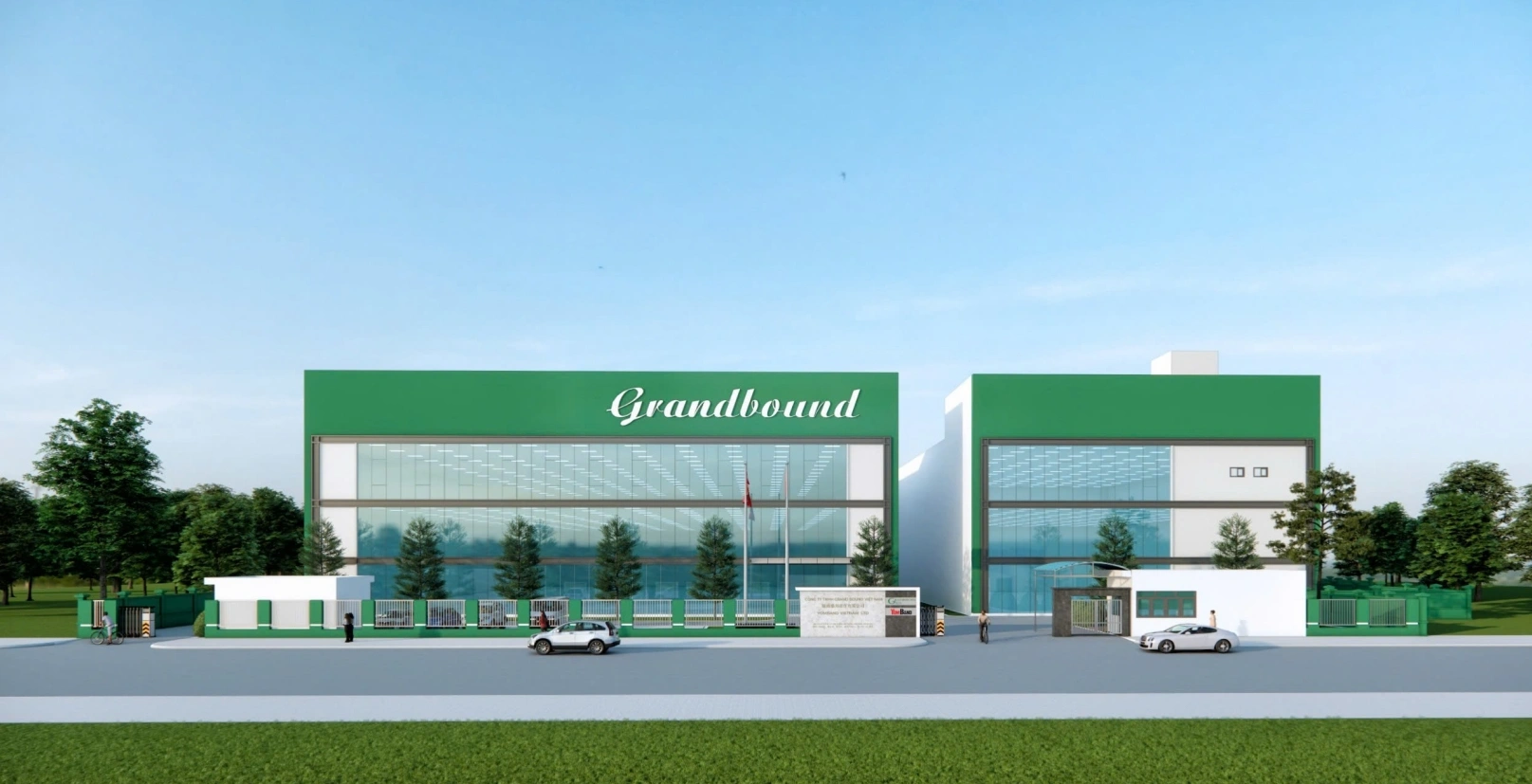
III. Advantages of Worldbound Plastics’ Vietnam Processing Factory
1. Cost Advantage
Low Labor Cost
Vietnam has abundant labor resources, and the wage level of ordinary workers is relatively low. For example, the monthly salary of front-line workers at TCL’s Vietnam factory ranges from 2,500 yuan to 3,000 yuan, effectively reducing the labor cost of the enterprise.
Tax Incentives
The Vietnamese government offers various tax incentives to attract foreign investment, including reductions in enterprise income tax and exemptions. Additionally, the import of raw materials into the Vietnamese production base is exempt from tariffs and value-added tax. At the same time, the export of goods is also exempt from value-added tax. This helps reduce production costs and improve product competitiveness — especially for
plastic injection molding service
projects.
2. Geographic and Transportation Advantage
Superior Geographic Location
Vietnam is adjacent to China, facilitating the transportation of raw materials and components from China to Vietnamese processing factories, thereby reducing transportation costs and time. Vietnam has several excellent ports, including Ho Chi Minh Port and Da Nang Port, which offer convenient maritime transportation, facilitating the export of products to other countries.
Low Logistics and Transportation Cost
Compared with the central and western regions of China, Vietnam’s geographical advantage of being close to the sea results in significantly lower sea freight costs than land transportation when importing components and exporting finished products, which is crucial for reducing an enterprise’s logistics costs.
3. Trade Environment Advantage
Favorable Tariff Policy
Vietnam has signed free trade agreements with numerous countries and regions, including the Comprehensive and Progressive Agreement for Trans-Pacific Partnership (CPTPP) and the Vietnam-EU Free Trade Agreement, which provide for lower or zero-tariff treatment. The tariffs on some products exported from Vietnam to the United States are relatively lower than those from China, making the products of the Vietnamese processing factory more price-competitive in the US market.
Risk Avoidance in Trade
In the context of Trump’s tariff policy, Chinese enterprises setting up processing factories in Vietnam can effectively avoid the risk of high tariffs imposed by the United States on Chinese products and maintain their market share in the US.
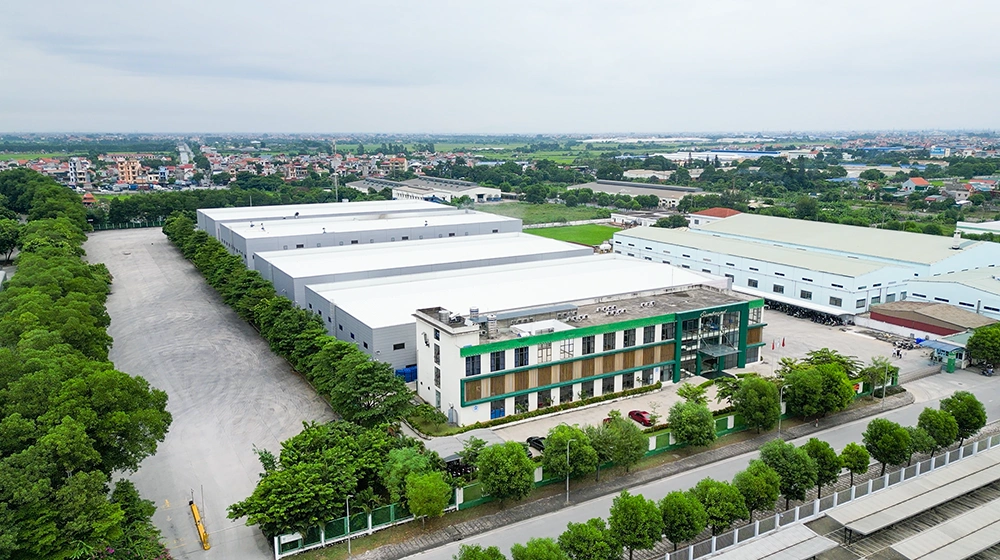
4. Industrial Cluster and Supporting Advantage
Emerging Industrial Cluster
Vietnam has formed some industrial clusters that are taking shape, such as the electronics industry cluster around Ho Chi Minh City and the furniture manufacturing industry cluster in Binh Duong Province. Enterprises within these industrial clusters have a close division of labor and cooperation, as well as complete supporting facilities, which are conducive to improving production efficiency and reducing production costs.
Improving Supply Chain
As more and more Chinese enterprises invest in and establish factories in Vietnam, the country’s supply chain system is also undergoing continuous improvement. From raw material procurement to component processing and product assembly, enterprises at each link cooperate, forming a relatively complete industrial chain — enabling faster delivery of
custom injection molded parts.
5. Technical and Management Experience Advantage
Technology Transfer
Chinese enterprises introduce rich production technology and management experience into the Vietnamese processing factory, improving production efficiency, product quality, and management level, and enhancing the overall competitiveness of the enterprise.
Talent Cultivation
Chinese enterprises focus on cultivating local talent in Vietnam. By establishing a training system and providing promotion opportunities, they enhance the skill level and comprehensive quality of employees, thereby providing strong talent support for the enterprise’s development.
IV. Conclusion
The above is an analysis of the advantages of Worldbound Plastics’ Vietnam processing factory. Through these advantages, Worldbound Plastics can effectively avoid tariff increase risks and maintain its competitiveness in the international market. For end-to-end support, consult an experienced
injection molding manufacturer.
